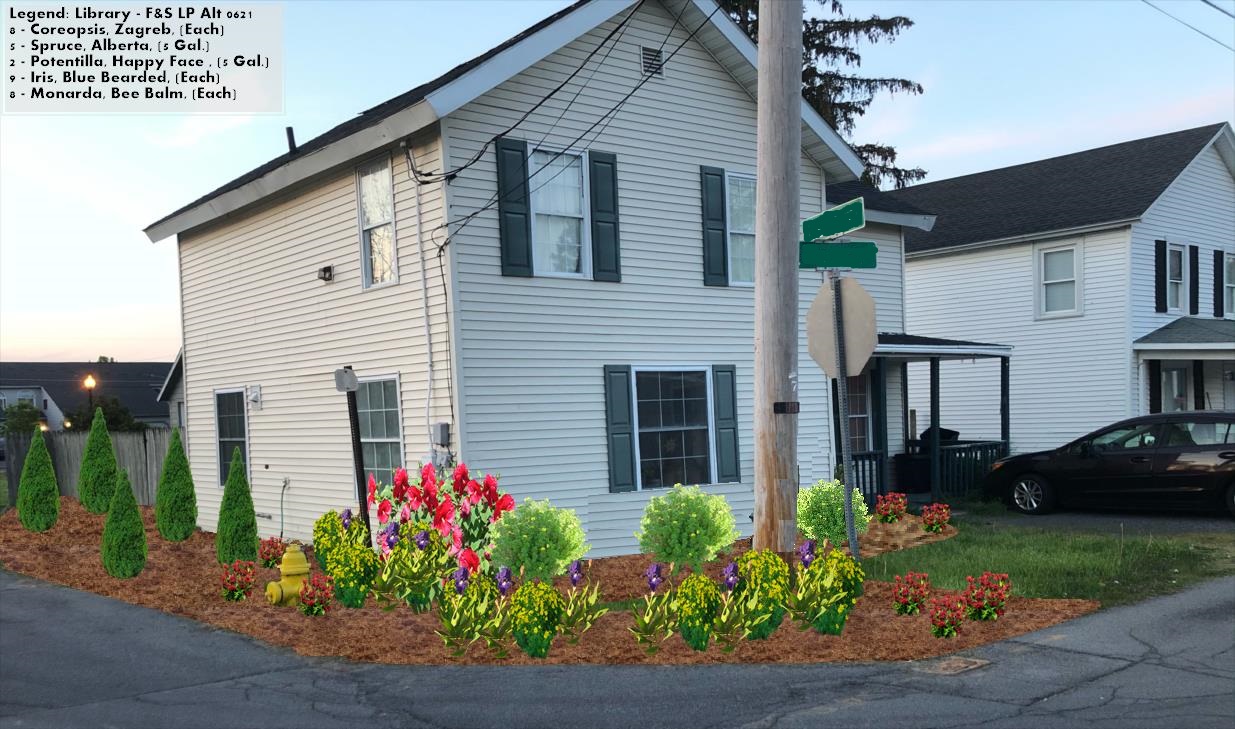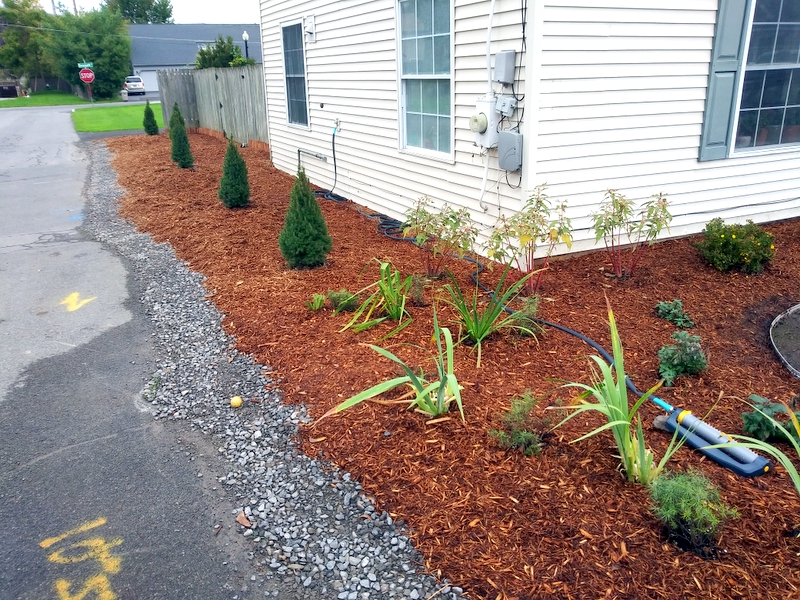Imagine your new landscape!
Plantscapes and design focus particularly on the selective placement of plants. In other words, "the right plants, in the right places." As a result, the plants unify the design and not the hardscaping. Often, hardscaping can overpower the plants as if they are placed into rooms apart from nature. Plantscapes, or softscapes, on the other hand reverses that trend toward a more natural balance. Paths and walls support the design and don't become it.
In view of this concept, Such a Lush can install a unique plantscape based on your preferences within a new or an existing plant bed. From basic to intricate, call us at 315-876-4366 to get started.
Types of Plantscapes, Gardens, Plantings, and Design
There are many different types of gardens, each with its own style and approach. With all the choices one would expect a wide variety across the urban and suburban landscape. Surprisingly, this isn't the case for a few reasons in particular. Primarily though, it's because each time period develops its own popular practices.
That being said, it is recommended to choose a style that complements the building structure and supports the way the land is being used. And we encourage including native plants in whatever is chosen. Any style can include eco-friendly methods and choices, and we'll be glad to help with these.
Examples of Plantscapes & Design
- Traditional border garden
- Minimalistic or modern design
- Specimen planting
- Foundation planting
- Rain/water garden
- Matrix planting (wildscaping)
- Shade garden
- Perennial garden, informal and formal
- Native plant garden
- Colonial garden
- Nature waystation, e.g. birds, butterflies, bees, critters
- Edible garden
- Swath planting
- Xeriscaping
- Rock garden
- Oriental design
- English cottage garden
- Victorian garden
- French-style garden
- Arts & Craft design
- Woodland garden
- Naturalized/restoration planting
- Mixed
Matrix Planting (Wildscaping)
An Upcoming Plantscape & Design Choice
Matrix planting or wildscaping is gaining some favor, especially in revitalized urban areas. Formerly, the choices would either have been swath planting (i.e. zipper style) with its linear repetition or aesthetics planting with its variety organized into select groupings of odd numbers. Aesthetics plantings especially gained popularity around suburban homes. And these would include foundation, feature, specimen, and accent plants grouped into a type of landscape portrait. Now, matrix planting offers a more natural design that mimics the wildness, fluidity, and resilience of nature.
What is Matrix Planting
Matrix planting is a landscaping approach that selects and places plants according to how nature might arrange them. They are layered into an eco-system based on plant compatibility and conditions of the space, made up of firstly, the base (ground), secondly, seasonal flowers, and thirdly, sculptural specimens. Plants don't have a specific footprint or a strict location in particular. Furthermore, they are allowed to grow into each other, self-sow, and stay in place through winter. In essence, nature is a co-landscaper and the results are something that is natural and self-sustaining.
The Goals of Matrix Planting
- reduce human inputs, e.g. fertilizers, energy, weeding
- support nature, e.g. low chemical use, native plants for birds and bees
- natural aesthetic, i.e. "the right plant, the right place"








![]()
